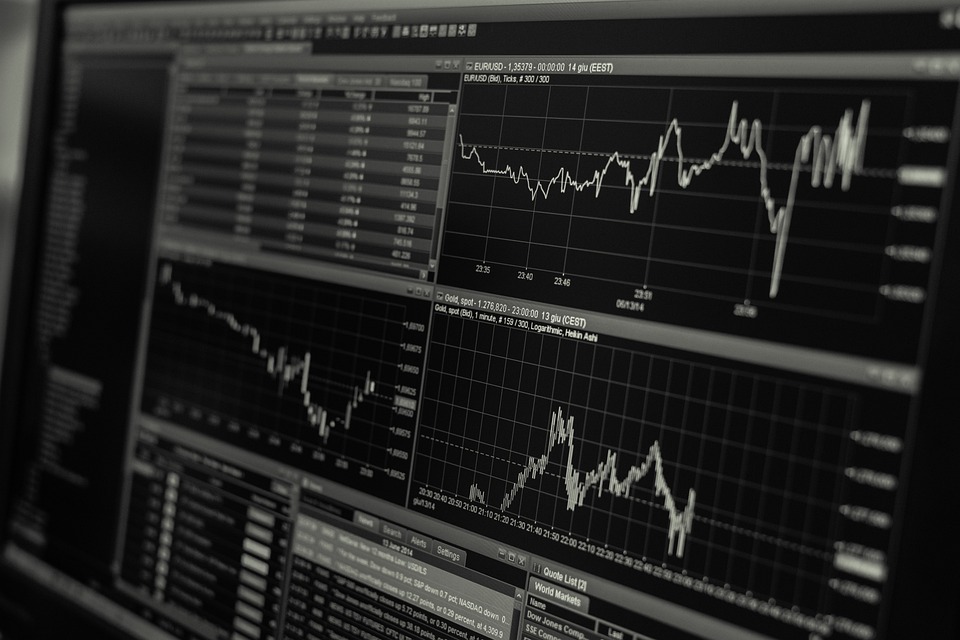 Image source:
Image source:
In June 1999, the US Fed began an 11-month rate hiking cycle that took the overnight rate from 4.75 to 6.5% by May 2000. Amid tech-mania-inspired irrational exuberance, the S&P 500 hit 1527 by March 2000, sold off into the summer, and rebounded to double top at 1521 by September on soft-landing forecasts.What unfolded was, in fact, a mild 8-month US recession from March through November 2001, with the unemployment rate rising to June 2003. The stock market did not bottom until September 2002, when the S&P reached 688–54% below its March 2000 top.Canada did not experience an official recession in the 2000-02 cycle, yet the TSX Composite followed US markets in lockstep, falling 52% from August 2000 to October 2002. The stock market would not reclaim its 2000 cycle top for five full years in September 2005. The tech-heavy Nasdaq, which fell 78% between 2000 and 2002, would not reclaim its cycle peak until 16 years later, in July 2016.After leaving the overnight rate at a debt-stimulating 1% from June 2003 through June 2004, the US Fed finally began a two-year tightening cycle that took the overnight rate to 5.25% by June 2006. With the usual delay between interest rate changes and the real economy, home prices in the US and other countries entered an epic bubble that began to burst in 2006. Still, stock prices rallied on. The S&P 500 hit 1553 in July 2007, sold off into the summer and then double-topped around 1565 that October on soft-landing confidence. The US economy entered the ‘Great Recession’ from December 2007 through June 2009, with the unemployment rate rising to January 2010.This time, Canada experienced its recession from October 2008 through May 2009, with its unemployment rate rising until the fall of 2009. Coming into the 2008 recession with less debt and less inflated home prices, Canada’s economy fared better and recovered faster than many other countries. Still, Canada’s stock market followed the US decline in lockstep, with the TSX Composite peaking in October 2007, double-topping into May 2008 and tumbling 47% into March 2009. The TSX did not durably surpass its May 2008 cycle top until December 2020–more than 12 years later.In November 2007, as soft-landing advocates were loud and stocks still rich, I wrote a blog article,. It turned out that the takeaways were prescient then and bear repeating now.
And so we see that a person who held Government of Canada bonds and T-bills throughout the past 8 years would actually have fared better than the vast majority of investors.
Those who avoided passive allocation strategies in equities over the past 8 years actually did not miss the boat. They caught the lifejacket. They missed out on the agony, angst and upset of large market losses and emotional trauma.
The long always industry is still selling everyone this passive, buy and hold bill of goods. And most investors, sadly, will continue to suffer the consequences unless, of course, they WAKE UP and see that there is a better way.
As in 2000 and 2007, at current levels, stocks are priced to underperform the safest bonds over the next several years. History never repeats exactly, but financial cycle behavior is remarkably consistent. We can use that knowledge with discipline to our benefit.More By This Author:Home Listings Rise As Sales Stagnate 2024 Starts Rough Bonds Are Pricing Storm Clouds That Equities Are Ignoring

